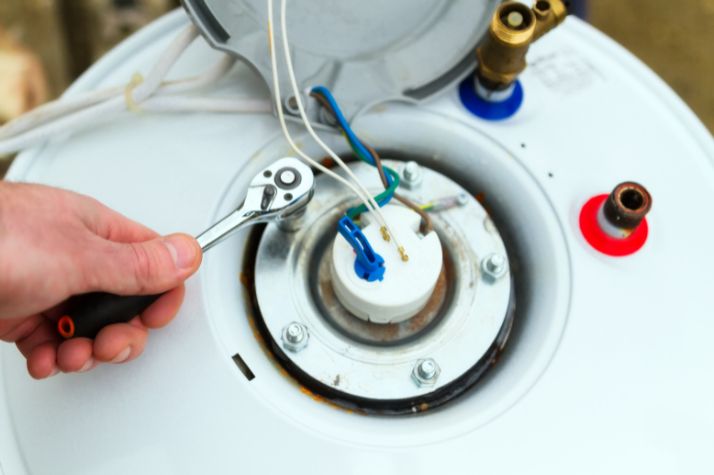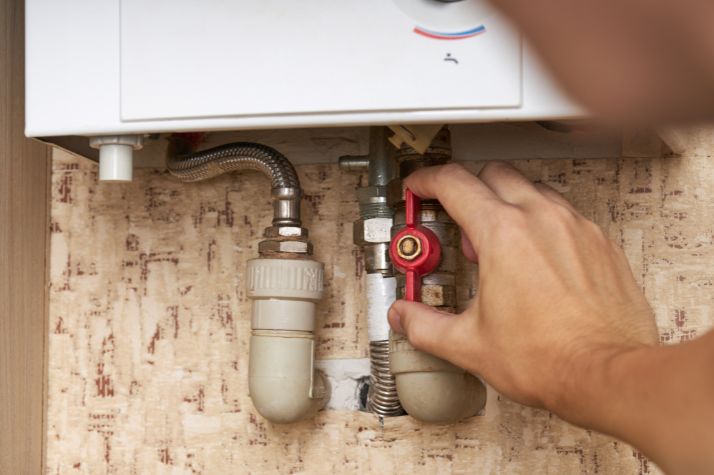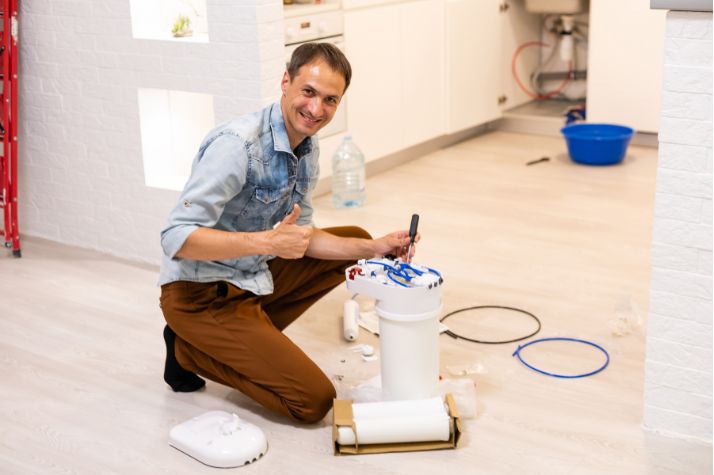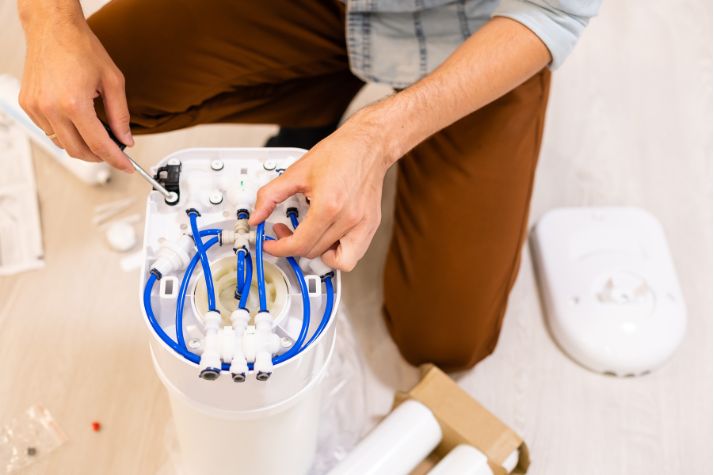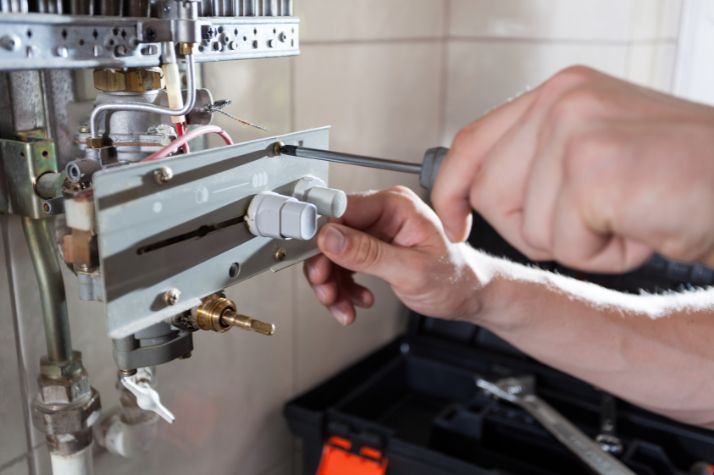Air Source Heat Pump (Ashp) Installation – Complete Guide
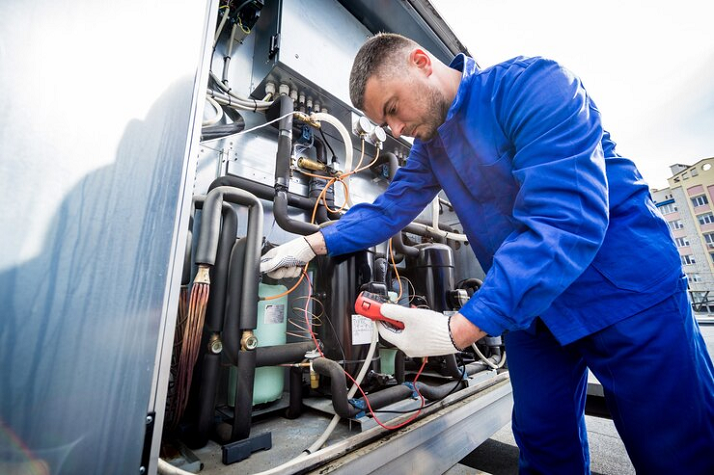
An air source heat pump is a device that moves heat from the exterior to the interior of a building or the other way around. According to the precooling theory, this heat pump utilizes a coolant system with a pump and collector to absorb heat in one location and produce it in another. These can function as a heater or a cooling device and are occasionally referred to as reverse-cycle air conditioners. Typically, an exterior air source heat pump is installed towards the rear side of a building. A fluid absorbs hot air at a low temperature. This coolant or fluid is heated as it travels via a compressor, which is then sent to the household water heating systems. The method may vary if establishing an ASHP is a refurbishment or new construction. However, there are certain steps involved in the installation process.
Setting up indoor units
The air source heat pump’s indoor unit will typically be set up first. If you choose a cordless installation, the technician will choose a spot on the sidewall that is clear of obstructions to put the installer unit. The installer will mount the indoor unit on a base plate and fasten it. The installer will also require access to the pipework if you have chosen a piped system so that they can attach the indoor unit to the tubing. If the workers are working with ducting that you already have, they might also utilize this opportunity to make necessary repairs to increase the effectiveness of the pump system. They will first install ductwork if it isn’t there in the house to circulate the air.
Construction of a connecting point in a wall
The interior unit, often known as the air handling unit and the outside condenser, requires an access point. The installer will hole-punch the panel to insert the necessary plumbing and paths to create this. The main sewer line will carry the water from the interior unit to the exterior, and the electrical lines and the coolant lines will have access to this. When installing a mini-split system, the contractor will use a hole saw to cut holes in the outside of the house and the room where the inside unit will be placed. The house’s internal air handler will be the access point when using a ducted system.
The pipe’s connection to the indoor unit
The indoor units are furthermore attached to the condenser and coolant lines. The indoor and outdoor condensers can rotate over coolants. The lines will carry warm or cold fluid to the indoor units, which are subsequently pushed as air in the zone, based on whether the heat pumps are heating or cooling.
Setting up the outside unit
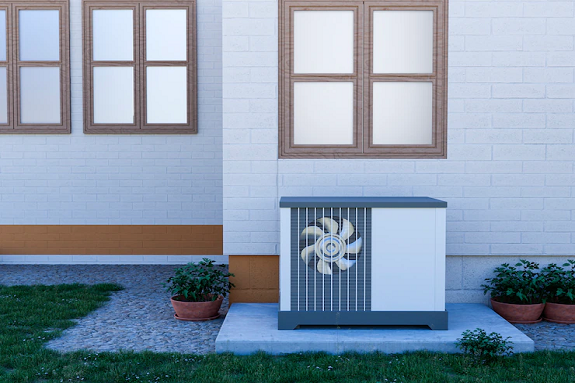
The contractor will install the outdoor unit once the indoor unit is finished. In bigger installations, the outside condenser is often set up on a cement block. Usually installed to the rear of the house, a mini-split system or an air source heat pump with a smaller system will be used. The equipment will normally be mounted above any potential snowlines, particularly in colder regions where this will typically be raised above the surface.
Wiring and electrical connections
After installation, the installer will link the indoor and outdoor units using the coolant lines and power lines. The wires are covered or route the lines into the tubes on the side of the house to secure the equipment from the elements. A drain line is placed on the house’s exterior to keep humidity away from the unit.
The final touches
A few further adjustments must be made to finalize the installation work. One is to connect the pipes by attaching them to the sides of the house. Another option is to install detectors. Many air source heat pump is equipped with sensors that enable them to tell the temperature in various regions through the thermostat. The ASHP also features temperature-controlled wireless remote controls, enabling online monitoring and adjustments.
Can an air source heat pump get installed at home?
A heat pump installation requires several procedures, not all of which may be completed by an individual. One can place the outdoor and indoor units by themselves to save money on installation. However, this may take some practice. A qualified and certified installer must do the wiring and connection of the units because it might be a complicated operation. Since an air source heat pump has more than two decades lifespan, it is important to invest in a proper installation that won’t have any issues down the road. It is necessary to have a certified electrician handle this work for safety purposes.
What is the average installation time for an air source heat pump?
The installation of an air source heat pump can take anywhere from two to five days, based on any difficulties that may arise. Given that some setups are done outside the house, you won’t be bothered for too long. Most heat pumps do not need development approvals, although it’s best to confirm this before installing one in the house. The installation may be completed in a day if you have a tiny house, depending on the situation.
How much does it cost to install an air source heat pump?
The installation normally costs between 8000 pounds to 18000 pounds. The size, kind and
complexity of the pump, as well as other factors like how long the setup will take and how much it will cost. The installation cost may be lower if you install the heat pump with air conditioners or underfloor heating.
Conclusion
Ensure the house is well insulated and has a functional heating system to maximize the savings. Make certain that you understand the controls clearly. This will ensure that you can use the system as effectively as possible. If maintained properly, air source heat pump can last more than 20 years and should only need minor upkeep. It is advised to have the unit serviced by a professional before the winter so that they can perform a more thorough inspection of the parts and spot any problems that could affect the effectiveness of the heat pump, which a user would not be able to detect.

